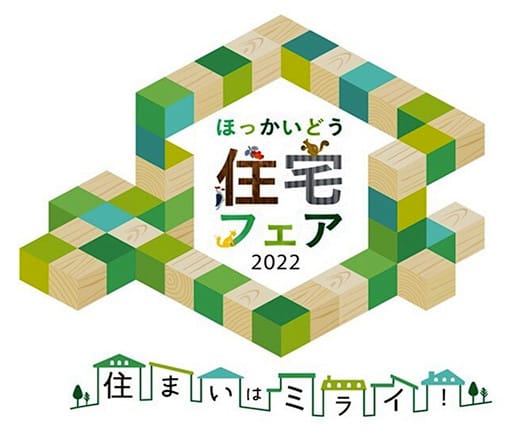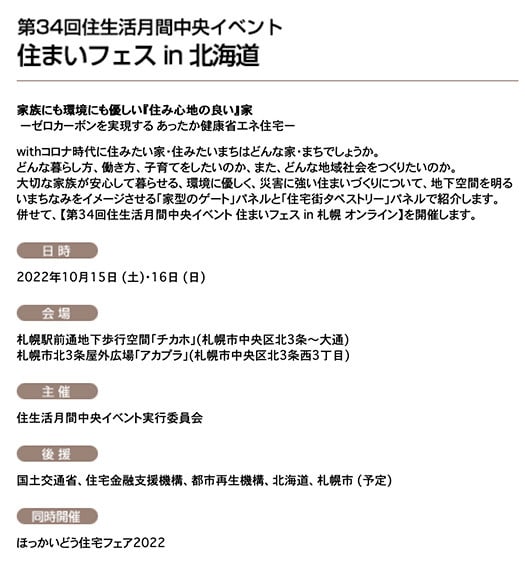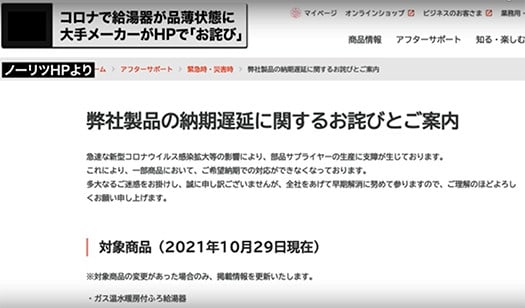


暑中お見舞い申し上げます。
7月の間は、確かこの書き出しでいいハズだった・・・。
〜暑中見舞いは梅雨明けとされる7月7日頃から、立秋の前日にあたる
8月7日頃までに贈ります。「暑中」は二十四節気の「小暑」と「大暑」を
合わせた約30日間のことを指します。
この時期を過ぎたり、早すぎたりすると季節外れのご挨拶となってしまう。〜
というのが正しいそうだけれど、忘れないように7月中と考えている。
本日は31日なので、まだこれでいいのでしょう。
しかし暑いですね(笑)。
まぁしかし北海道から関東に来ると「坂東太郎」との再会がうれしい(笑)。
いくつか住宅建築の取材行脚していたのですが、
その道すがら、かれの盛大な盛り上がりぶりに圧倒されていました。
コトバとしての坂東太郎がいつころ成立したか、
おおむね江戸時代の大衆社会化状況の中で
関東らしい景観表現として通用し始めたとされるけれど、
日本民族が日本最大の面積の関東平野を開拓し始めた時期から
夏の炎暑と一体のこの入道雲の雄々しい姿は
記憶に刷り込まれ続けていたに違いない。
雲ばかりでは申し訳ないので、中間には古代蓮の写真です。
〜古代蓮は埼玉県行田市で公共工事の時に掘削して以降、自然開花した。
埋もれていたタネが急に思い出したように咲き乱れた、というのも面白い。
タネのあった地層の測定から約1400~3000年前のものと推定され、
古代蓮と呼ばれるようになった。〜
季節感としてはまことに真夏の季語っぽい。
こちらは坂東太郎のお嫁さんのような存在かと(笑)。
古代蓮がひっそりと水辺で咲いている様子に恋した坂東太郎が
「こっちを向いてくれ」とその威容を競っているように感じる。
そもそも蓮は東南アジア原産の草本性水生植物。
さまざまな交易活動の歴史的推移で日本各地に広がったと推測される。
太陽に照り返された関東平野の男性的な風土性を感じる。
歴史年代では関東平野は広大な「水郷」地帯も広がっていたとされ、
江戸はそもそも豊富な水路環境を持っていたから
秀吉は経済的発展要素が関東でもっとも高い地域だと睨んだのだとされる。
北海道から来ればその高温多湿ぶりの空気重量感に驚きますが、
以西地域から比べればまだ、開放感のある暑さかも知れません。
高温多湿最盛期での活動ですが、体調管理に十分留意したいと思います。
English version⬇
Duet of "Taro Bando" and ancient lotus in the blazing heat.
Taro Bando (laughs), a noble flower with a pure and pure Buddhist connection, is in a grand love affair with the lotus. Midsummer in Kanto is in full swing. .......
We wish you a very happy hot summer.
As I recall, this is the way to write during the month of July....
〜Shochu-omai is sent from around July 7, the end of the rainy season, to around August 7, the day before the first day of autumn.
The "Shochu-mai" is sent from July 7, the end of the rainy season, to August 7, the day before Risshu. Shochu" refers to the 30-day period between "Shozu" and "Douzai" of the 24 solar terms.
Shochu" refers to the 30-day period between "Shogetsu" and "Dougaatsu," the 24 solar terms.
If it is given after this period or too early, it will be an unseasonal greeting. The "〜" is the correct term.
is correct, but I think of it as during July so as not to forget.
Today is the 31st, so I guess this is still the right time.
But it is hot (laughs).
Well, however, I am happy to see "Taro Bando" again when I come from Hokkaido to Kanto (laugh).
I was on a trip to cover some residential construction projects.
On the way there, I was overwhelmed by his great excitement.
When was Bando Taro established as a word?
When was Bando Taro established as a Kotoba?
It is said that it started to be used as a landscape expression typical of Kanto.
From the time when the Japanese people began to develop the Kanto Plain, the largest area in Japan
The summer heat and the majestic appearance of these clouds have been imprinted in our memories since the time when the Japanese people began to cultivate the Kanto Plain
The majestic appearance of these clouds must have been imprinted in our memories.
Since I am sorry to show you only clouds, here is a picture of an ancient lotus in the middle of the picture.
〜˜Ancient lotus bloomed naturally after it was excavated during a public construction project in Gyoda City, Saitama Prefecture.
It is interesting to note that the buried seeds bloomed as if suddenly remembered.
Based on measurements of the stratum in which the seedlings were found, it is estimated that they are about 1,400 to 3,000 years old.
The lotus is now called the "ancient lotus. 〜The lotus is called the "ancient lotus.
It is a very seasonal term for midsummer.
This one is like Taro Bando's wife (laugh).
Taro Bando fell in love with the ancient lotus blooming quietly by the water.
I feel as if he is competing with it for its majesty, asking it to "turn around and look at me.
To begin with, the lotus is an herbaceous aquatic plant native to Southeast Asia.
It is assumed to have spread to various parts of Japan as a result of the historical transition of various trading activities.
We feel the masculine endemic nature of the Kanto Plain, which is illuminated by the sun.
In historical times, the Kanto Plain was also a vast "suigo" area.
Edo had an abundant waterway environment to begin with.
Hideyoshi considered Edo to be the area with the highest potential for economic development in the Kanto region.
If you come from Hokkaido, you may be surprised at the high temperature and humidity of the air.
However, compared to the areas west of Hokkaido, the heat may still give you a sense of openness.
We will be working in the peak season of high temperature and high humidity, and we will take good care of ourselves.






















